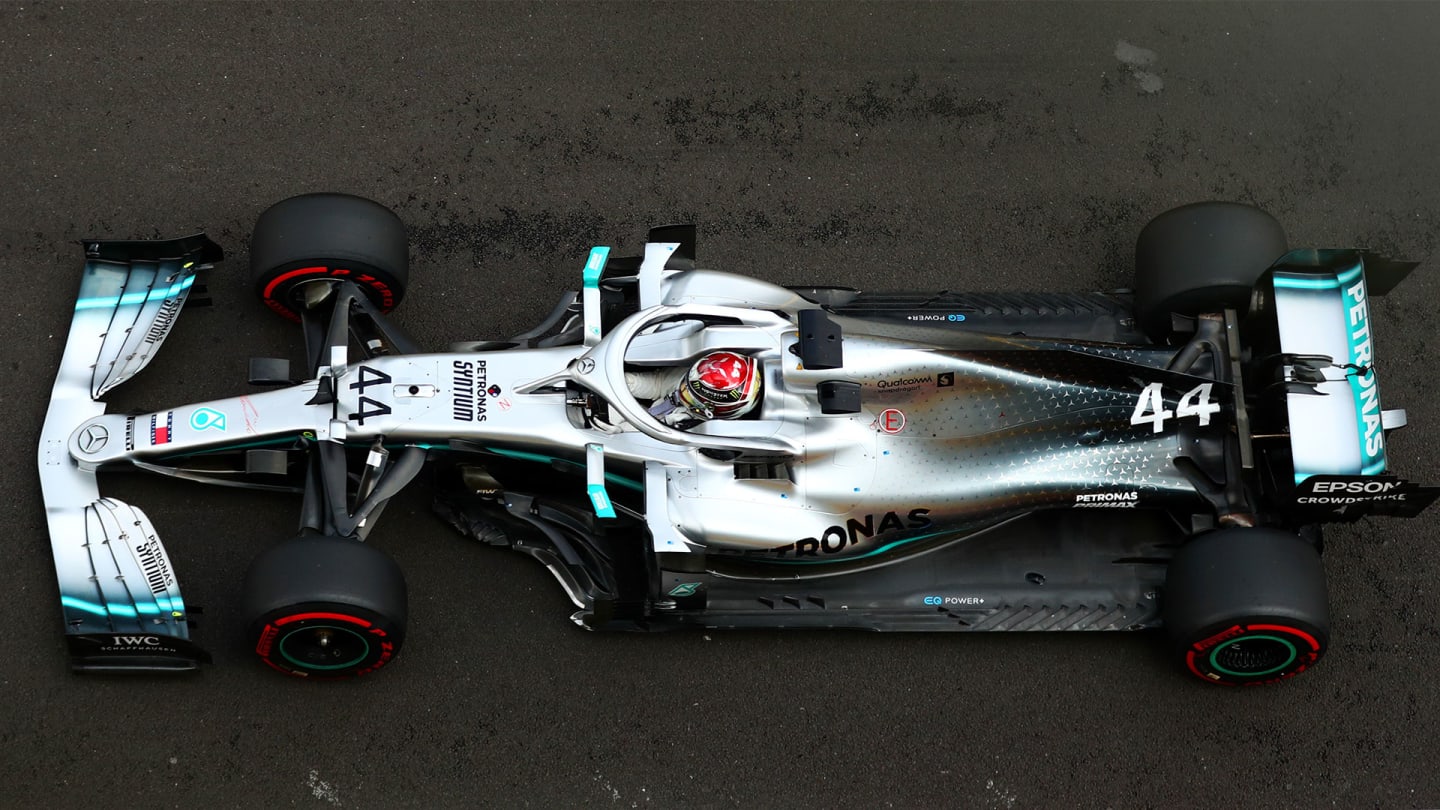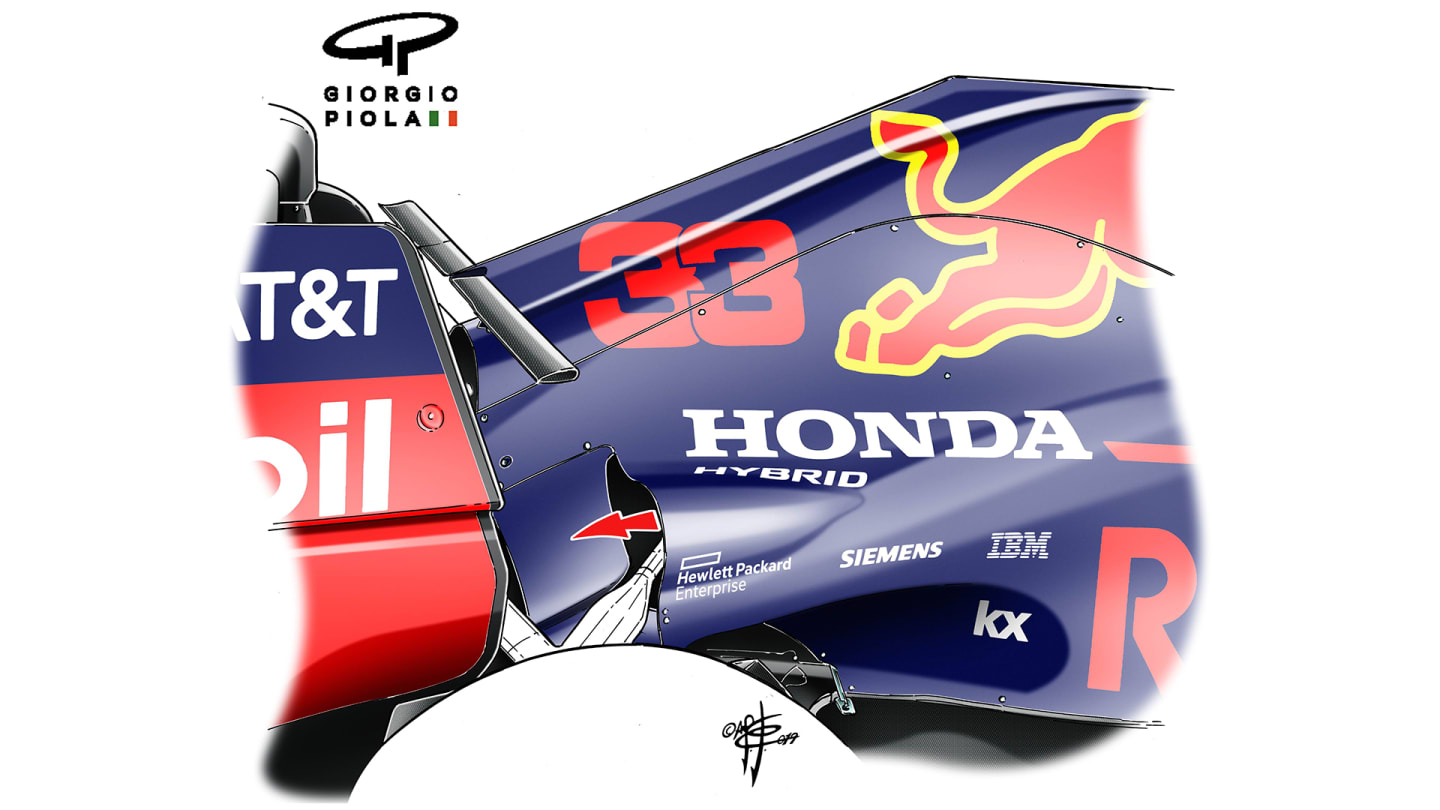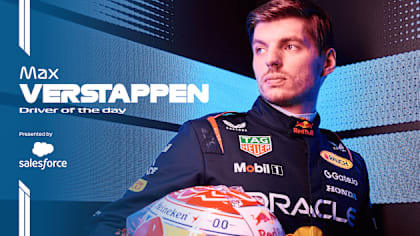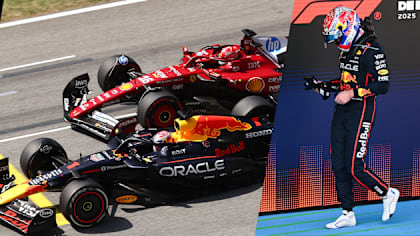
Technical
TECH TUESDAY: The hidden cooling compromises that Mercedes made to win in Mexico

Share

High temperatures and low air density made cooling critical in Mexico, which is where Mercedes made significant compromises that partnered smart strategy and Lewis Hamilton's great performance to secure victory. And it showed that Mercedes have now overcome their previous overheating problems, writes Mark Hughes.
As suggested before the Mexican Grand Prix, the low-density Mexico City air put some heavy demands upon the teams. And the 10-degree Celsius increase in track temperature, from Friday practice to Sunday race from an ambient increase of less than half that, played a major part in the strategic conundrum faced by Ferrari and Mercedes as they tried to understand in live time whether the race was ideally a one-stop or a two.
Mercedes’ more adventurous commitment to a very early one-stop was ultimately the key to Lewis Hamilton’s victory.
READ MORE: Ross's Mexican GP review
But tyre behaviour on a variable track was just one of the thin-air challenges that Mercedes had to juggle with on the path to that win. As early as first practice the team was doing a back-to-back comparison with two bodywork cooling packages, Hamilton running a tighter-fitting, more conventional bodywork around the rear suspension and exhausts, while the car of Valtteri Bottas featured a more extensively-cooled arrangement, the red arrow on the drawing below highlighting the looser fit around the components so as to better extract the air that has passed over the radiators.
1 / 2
The faster it can be extracted, the better the cooling, but the less shrink-wrapped fit will have come at the expense of some aerodynamic performance. From the second session onwards, and for the rest of the weekend, this is the bodywork that was run on both cars. This was in addition to the additional cooling gills further forward (not seen in these drawings) on either side of the cockpit.
For comparison, we see the Red Bull’s hot race bodywork below, with an enlarged opening around the suspension.
The last time Mercedes was in trouble with cooling was at the Austrian GP, another high-altitude track, but not to the extent of Mexico (650 metres rather than 2,250m). But in Austria, the combination of altitude, ambient temperature and the Mercedes’ original cooling package proved too hot to allow the team to use anything other than the least aggressive engine modes which severely restricted their performance.

This had arisen from a simple miscalculation in the car’s conception stage as the radiator sizes were being determined, which was not discovered until well after the car had been made with the bodywork packaged around that erroneous number.
Ironically, this will have given an aerodynamic advantage in those races where cooling was not marginal, but it was already known by the team coming into the season that there could be problems at very hot races.
READ MORE: Analysing Mercedes’ Hockenheim upgrade
The correction of that error was incorporated into the Hockenheim aerodynamic upgrade, which was timely as Hockenheim that weekend saw a record-breaking heatwave, with the ambient in the lower 40 degrees Celsius. That and Mexico (where the ambient was only in the early 20 degrees but with 25% fewer air molecules because of the elevation) last weekend demonstrated that the Mercedes now can now be adequately cooled even at the most demanding venues.
Say What? The best team radio from Mexico
In fact it wasn’t engine temperatures that were the biggest concern to Mercedes in Mexico, although they did still require some management from the drivers, but brake temperatures.
The Mercedes traditionally incorporates smaller front brake ducts than its rivals and in Mexico these were opened out fully. However, that still meant the airflow over the brakes were marginal. The brake ducts of an F1 car form a significant aerodynamic blockage and the Mercedes has been designed in the assumption it will be running in the clean air at the front of the pack.
READ MORE: 'Mercedes got a bit lucky with strategy' says Vettel after Ferrari lose out in Mexico
This simply requires the drivers to do more management – typically with some occasional lift-and coasting – to keep the disc and calliper temperatures under control.
However seamless Hamilton’s victory may have looked from the outside, it was the product not just of a great drive and smart strategy, but also of the team only begrudgingly surrendering the minimum of performance to the necessity of adequate cooling.
YOU MIGHT ALSO LIKE
News DRIVER OF THE DAY: Verstappen's battling Barcelona drive earns your vote
News Downbeat Hamilton says he learned ‘absolutely nothing’ from triple header after tough run to P6 in Barcelona
News Albon rues ‘messy race' as Sainz says 'nothing went our way' in Spain as Williams fail to score for first time since Bahrain
FeatureF1 Unlocked MONDAY MORNING DEBRIEF: Verstappen made contact with Russell and Leclerc – but why were they racing each other in the first place?






